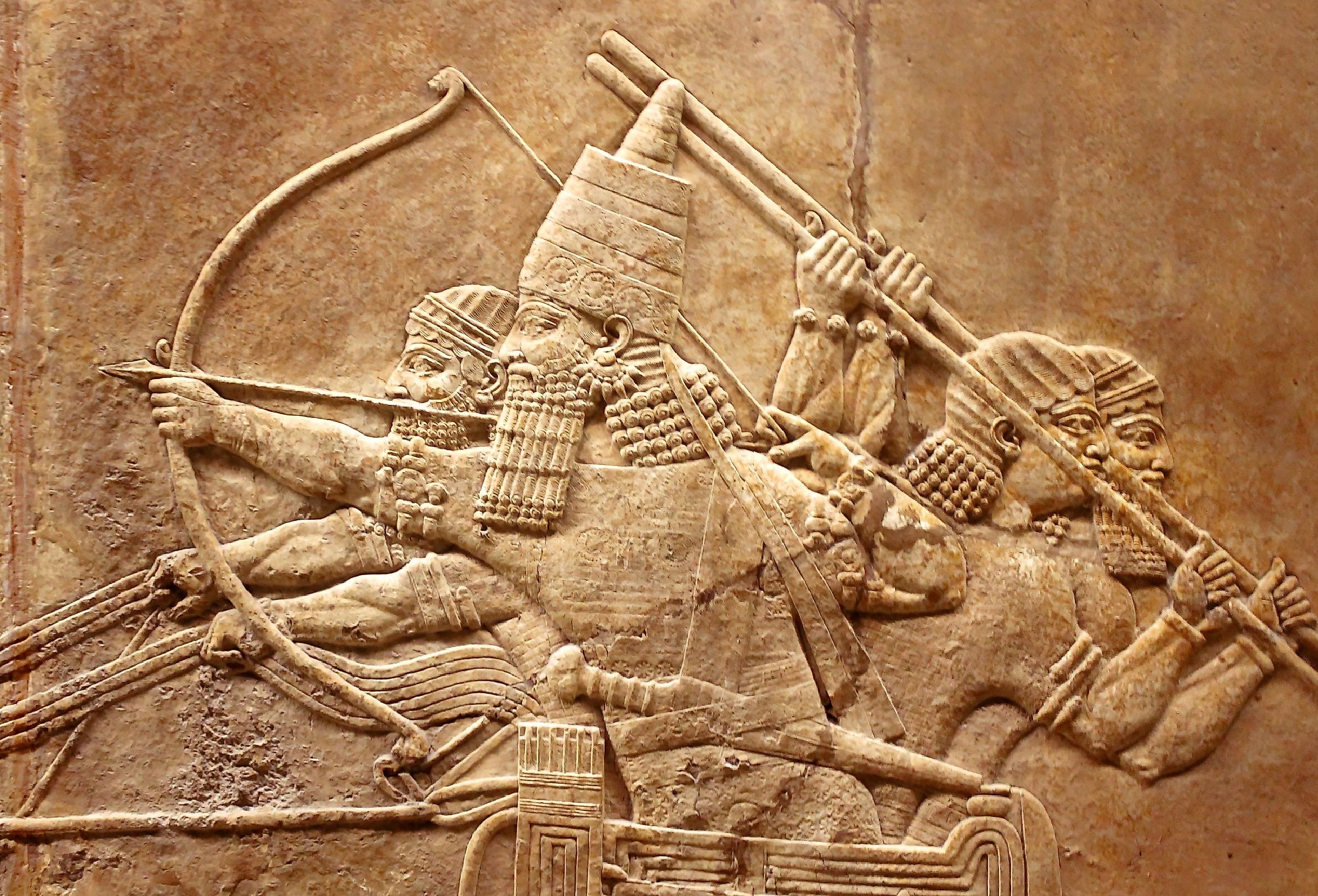
What Are the Key Components of Civilization?
What does it mean to be a civilization? Depending on the people and the time period, the answer would be different. Over the past several centuries, the concept of civilization has shifted. Civilization comes from the Latin words civis, meaning citizen, and civitas, meaning city.
Generally, civilization is a complex, more advanced human society. The ancient Greeks and Romans saw civilization as superior, and those outside of civilization as barbaric. Today civilizations are still viewed as complex human societies. Researchers have noted certain characteristics to define society and help us better understand how people live. Before understanding the characteristics of a civilization, learning the underlying history is important.
Background
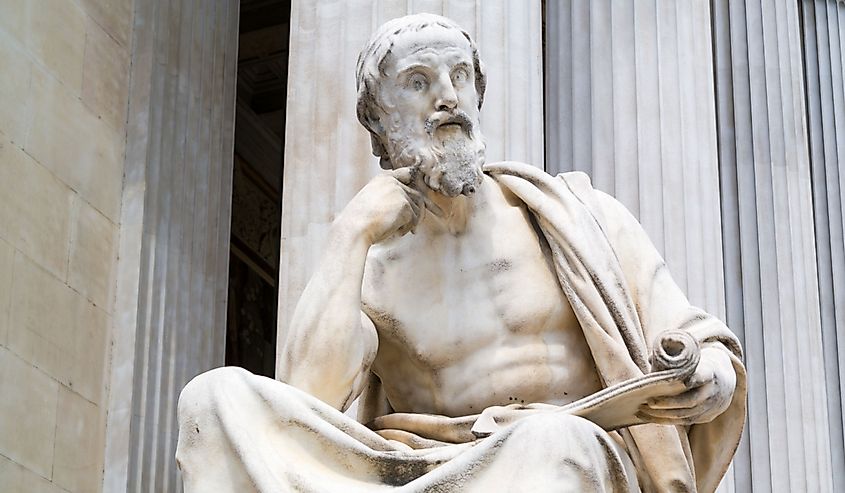
When people refer to the term civilization, generally they are referring to a complex human society. In the western view, a complex society is superior to others. This idea is not new and dates to the ancient Greeks and Romans.
Herodotus, a Greek historian, and geographer made a distinction between barbaric non-Greeks and civilized Greeks. However, this definition and concept of what it means to be a civilization did not last.
One hundred years later, what defined a civilization was a set of behaviors. For example, civilized economies used a money system instead of bartering. Barbarians were people who still used the bartering system. Hundreds of years later, the idea that civilizations possess qualities that make them superior still prevails. However, anthropologists and researchers have come to understand civilization as a mature culture with certain characteristics. These characteristics include urbanization, monuments, shared communication, government, and the division of labor.
Urbanization
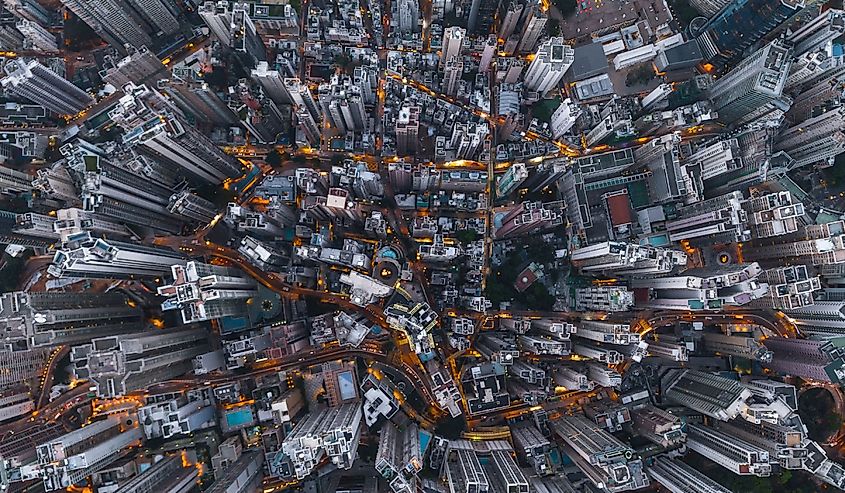
Urbanization is the pillar the other four characteristics depend on to develop. Civilizations need the security of a sedentary community to develop and progress. This explains why civilizations cannot be nomadic. While urban areas are a part of civilization, they are not the entirety of civilization. Places outside urban centers are still included in civilization. Farmers, traders, and fishers often buy and sell goods traded to urban centers. In fact, urban centers often depend on rural areas to survive and thrive.
Agricultural land around cities often allows urban areas to develop. This was the case for the development of the Mexican city of Teotihuacan. Agricultural land surrounded the city. Farmers sold crops such as beans and corn to people in the city. Trade also played a part in the city’s success. Around Teotihuacan, were deposits of obsidian, a rock used as a cutting tool. The city’s merchants excavated and traded the obsidian in exchange for goods traded to Teotihuacan settlements.
Monuments
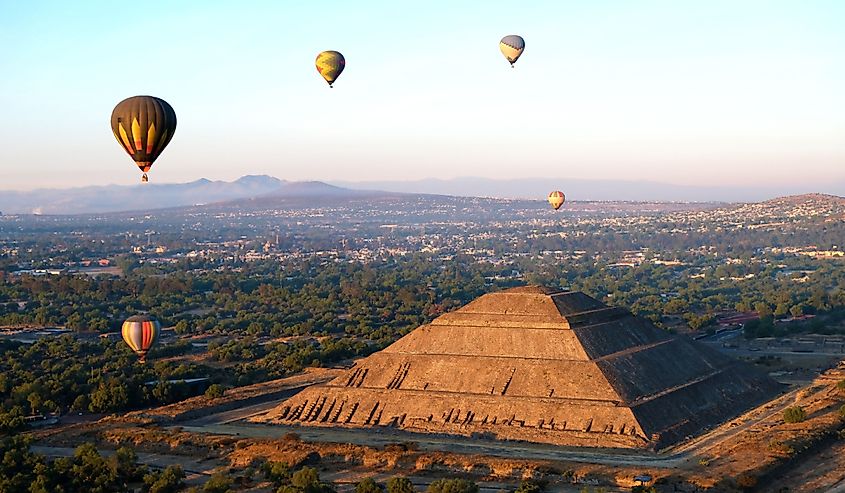
From churches to statues, all civilizations build monuments. Monuments are long-lasting and intended to continue the legacy of civilization. Often these structures remain after civilizations have fallen. They are one of the few remainders of civilizations of the past, and a clue to what their society might have looked like.
What determines a monument is questionable. Most historians agree that the framework for determining a monument changes based on the era. Some examples of monuments include the Egyptian Pyramids, the Greek Parthenon, and the Great Wall of China. These monuments have also become symbols of the civilizations they stood for. Today, examples of monuments include the Statue of Liberty and the Eiffel Tower.
Shared Communication
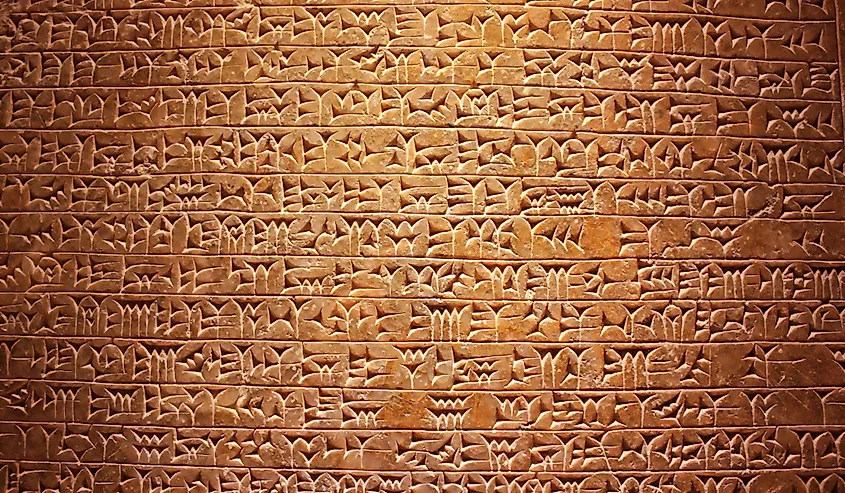
Another characteristic of civilizations is shared communication among people who live in the civilization. It makes cooperation amongst people and progresses possible. Technology, trade, and government are all made possible because of a system of shared communication. Other characteristics of a civilization, such as infrastructure, also develop as a result.
While shared speech is most often thought of as the main form of shared communication, there are other components. These include alphabets, numeric systems, signs, ideas, symbols, and illustrations. Written history is another important component of shared communication. Written language allows a civilization to record its own history and collect knowledge.
Mesopotamia developed the world’s oldest written language, Sumerian. The language developed in 3100 BC. The earliest form of Sumerian was in cuneiform and used different wedges or triangles. Sumerians kept records of public affairs, such as taxes and land ownership, in Mesopotamia society.
Government

Beyond communication, civilizations require some level of order for their citizens. This allows services and infrastructure to be in place. While the level of government interference in the lives of citizens has historically varied in each civilization, the role of government has been generally to provide administration and infrastructure.
The ancient Romans had a strong government that focused on infrastructure and administration. Various people assisted in the administrative process. Engineering was a key part of ancient Roman administration. The Romans built an extensive, efficient network of roads to better communicate. The roads also helped the military and allowed better travel. The Romans built other infrastructure to improve their civilization. For example, they built pipes to carry water. This allowed people to have better hygiene and health.
The Romans also established a legal system, which inspired European law for centuries. Although Roman law was mostly public, their legal system also had jurists. The jurists established legal language and procedure.
Division of Labor

All the other characteristics mentioned allow for a civilization to have a division of labor. This means people work on a specialized task. Instead of being self-sufficient and doing many things, people focus on doing one thing well. Consequently, people are more dependent on each other. For example, in a purely agricultural society, people might grow many crops and make their own clothing. However, in a complex civilization, farmers might grow one crop and depend on other people for food, clothes, shelter, and information. The more trade a civilization has the more noticeable the division of labor will be.
Today, in many places in Europe and North America, people have moved away from being self-sufficient to specializing in one task. Division of labor also relates to class structure within a civilization. This is the income people receive from their division of labor and the social reaction to the type of work performed.
Conclusion
These characteristics define a society that has become a civilization. However, civilizations are not usually stagnant. There is growth and decline of civilizations. To grow, civilizations, depend on trade, conflict, and exploration. The fall of civilizations is often the result of internal change, external pressure, and environmental collapse. Usually, the fall of a civilization is not attributed to one single event.
Some of the components of civilizations, such as shared communication and monuments, allow us to look back on civilizations of the past, such as ancient Egypt, Greece, and Rome. By learning about civilizations of the past, people can reflect on current civilizations.
While civilizations of the past have allowed human progress, they have also taken actions on an assumption of superiority. Some of these actions included calling anyone outside the civilization barbaric and uncivilized. While today the definition of civilization has changed, keeping in mind the history behind the word allows everyone to progress forward and improve civilizations for everyone.











